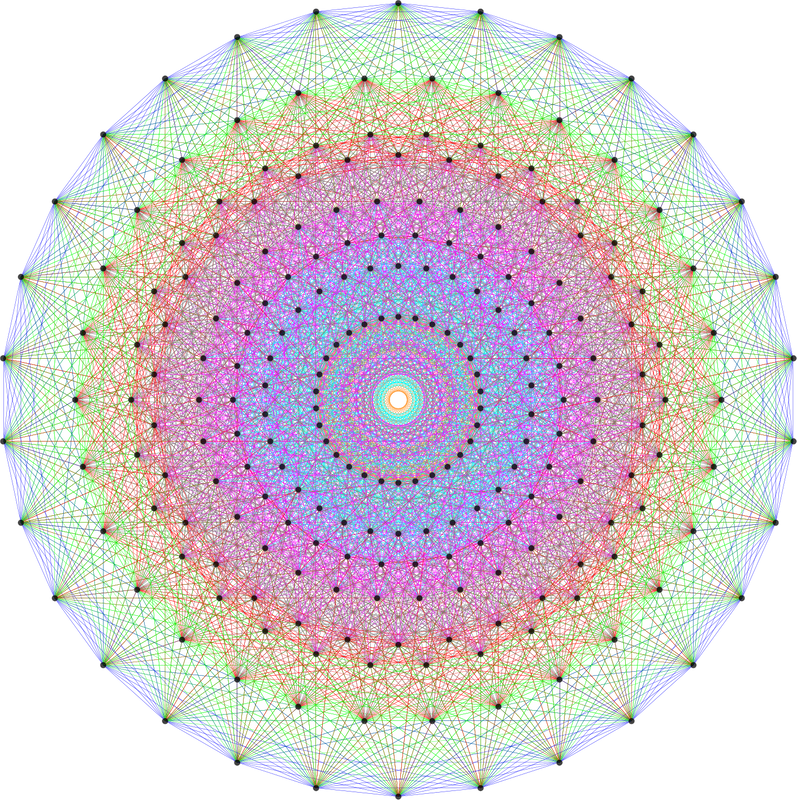GR is a theoretical framework that only focuses on gravity for understanding the universe in regions of both large scale and high mass: stars, galaxies, clusters of galaxies, etc. On the other hand, QFT is a theoretical framework that only focuses on three non-gravitational forces for understanding the universe in regions of both small scale and low mass: sub-atomic particles, atoms, molecules, etc. QFT successfully implemented the Standard Model and unified the interactions (so-called Grand Unified Theory) between the three non-gravitational forces: strong, weak, and electromagnetic force. Through years of research, physicists have experimentally confirmed with tremendous accuracy virtually every prediction made by these two theories when in their appropriate domains of applicability. In accordance with their findings, scientists also learned that GR and QFT, as they are currently formulated, are mutually incompatible – they cannot both be right. Since the usual domains of applicability of GR and QFT are so different, most situations require that only one of the two theories be used. As it turns out, this incompatibility between GR and QFT is apparently only an issue in regions of extremely small scale and high mass, such as those that exist within a black hole or during the beginning stages of the universe (i.e., the moment immediately following the Big Bang). To resolve this conflict, a theoretical framework revealing a deeper underlying reality, unifying gravity with the other three interactions, must be discovered to harmoniously integrate the realms of GR and QFT into a seamless whole: a single theory that, in principle, is capable of describing all phenomena. In pursuit of this goal, quantum gravity has become an area of active research.
0 Comments
Leave a Reply. |
This feed contains research, news, information, observations, and ideas at the level of the cosmos.
Archives
August 2023
Categories
All
|


 RSS Feed
RSS Feed

